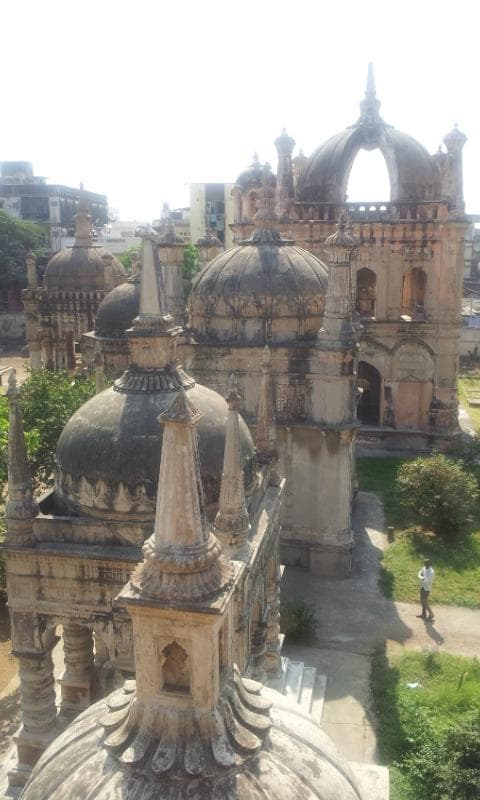
English Cemetery Katargam
Explore Surat's colonial past at the English Cemetery Katargam, featuring unique tombs blending European and Indian architectural styles.
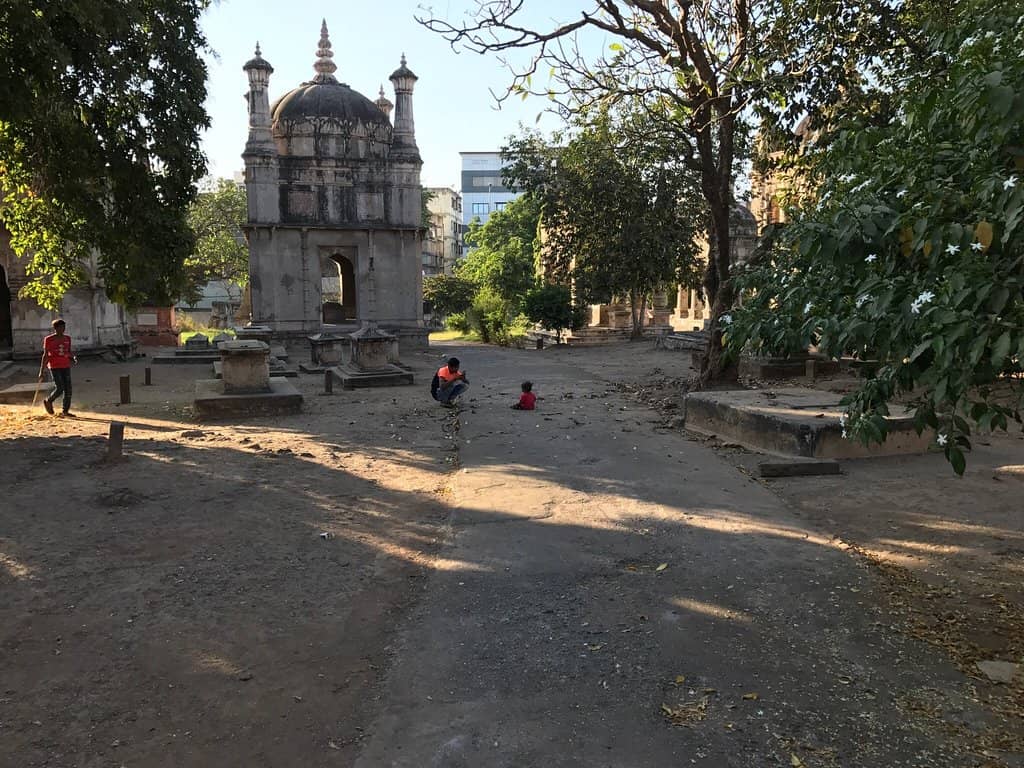
Highlights
Must-see attractions

Social
From TikTok & Reddit
Best Time
Avoid heat, better light for photos

English Cemetery Katargam
Best Time
Avoid heat, better light for photos

Highlights
Must-see attractions
Explore Surat's colonial past at the English Cemetery Katargam, featuring unique tombs blending European and Indian architectural styles.
"A quiet, historically rich site offering a glimpse into the colonial past with intricate tombs and architectural styles."
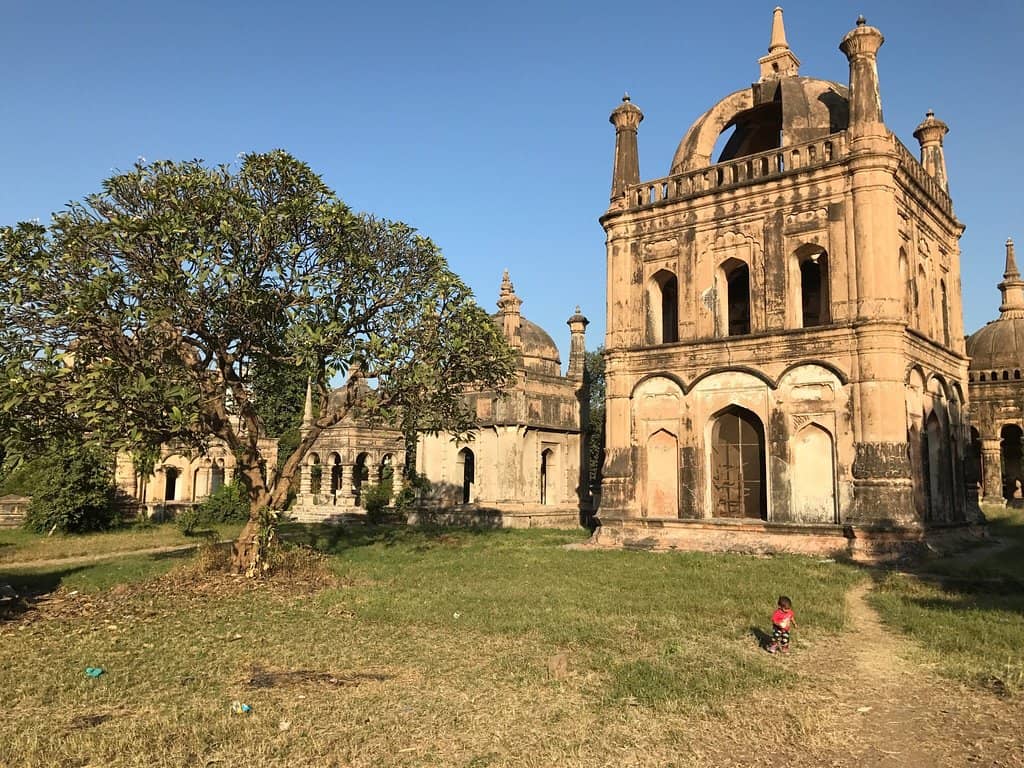
🚶♀️ Easy Access, Be Cautious
Entry is often straightforward, but tread carefully due to the site's condition. :warning:
📸 Photography Light
Visit early morning or late afternoon for the best light to capture inscriptions and architecture. :camerawithflash:
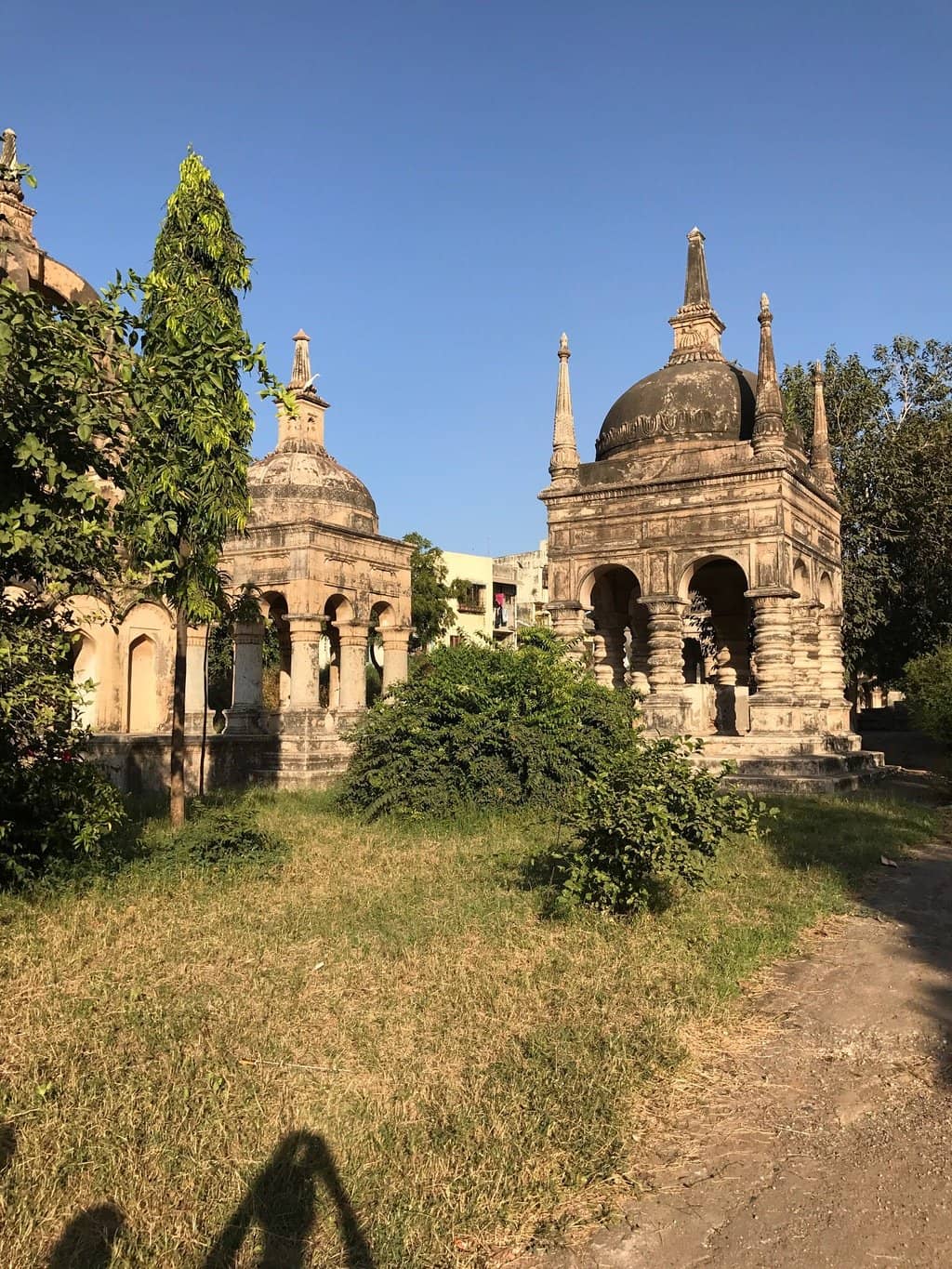
Highlights
Discover the most iconic attractions and experiences
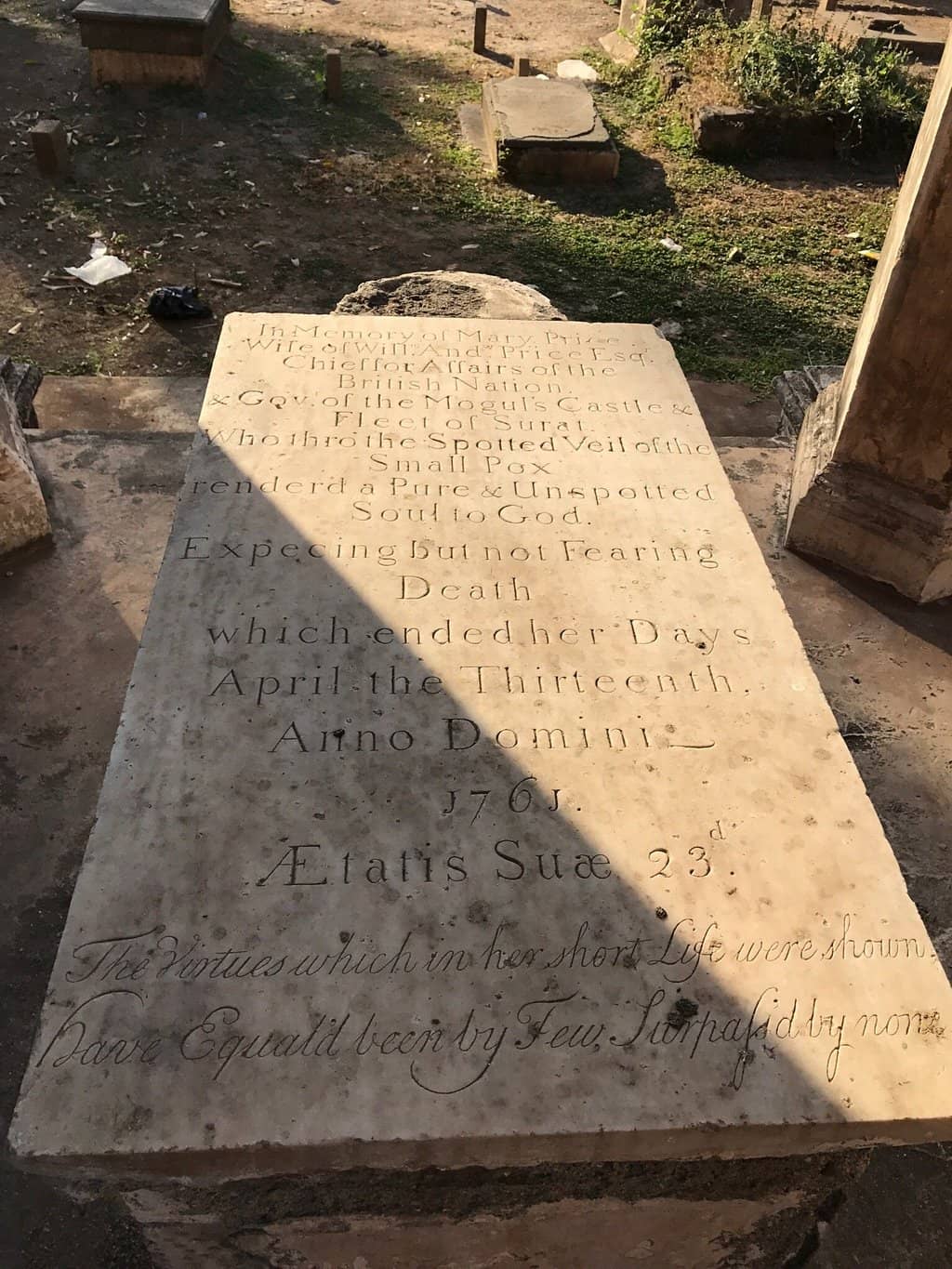
Governor's Mausoleums
Within the cemetery
See grand tombs of early Bombay Governors like George Oxenden and Gerald Aungier.
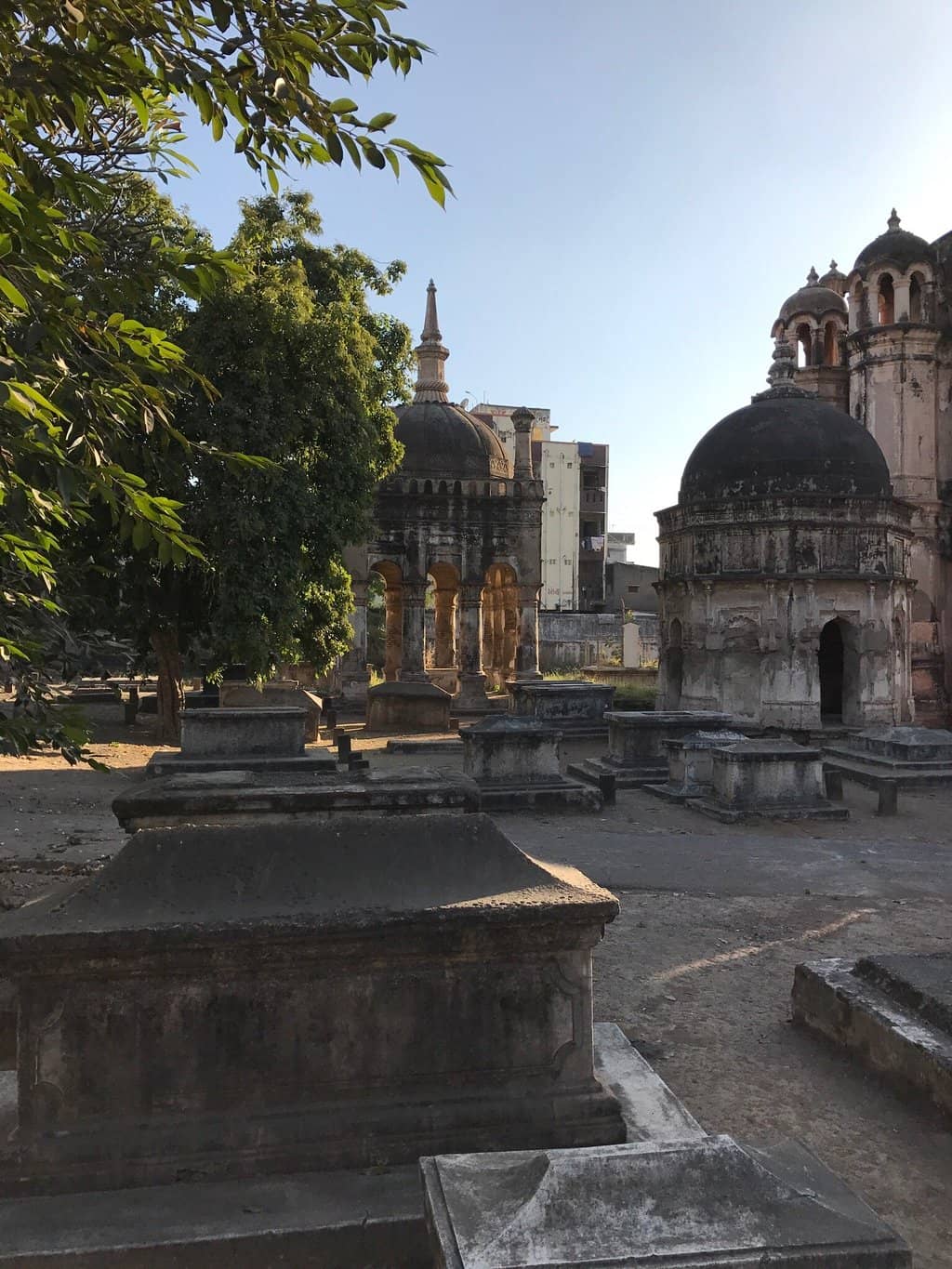
Architectural Fusion
Throughout the cemetery
Marvel at tombs blending European styles with Indian influences, featuring obelisks and cupolas.
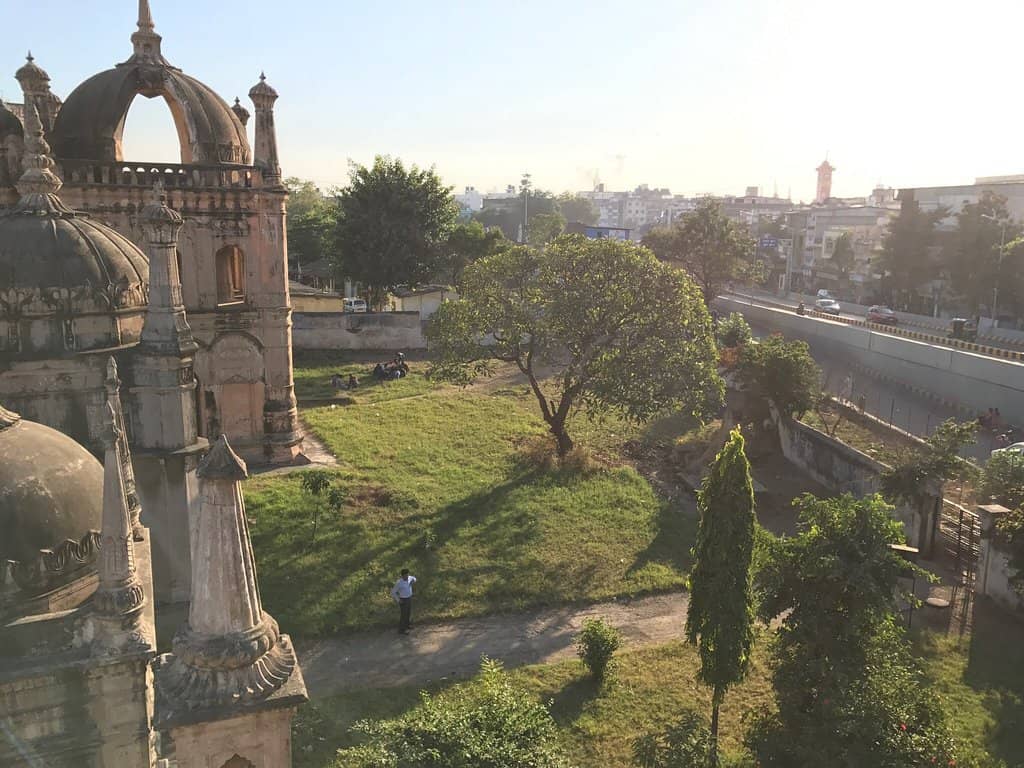
East India Company Graves
Throughout the cemetery
Discover the resting places of officials who shaped Surat's colonial history.
Plans like a pro.
Thinks like you
Planning Your Visit
Timing Your Visit
Navigating the Site
Best Times
Insider Tips
from TikTok, Instagram & Reddit
🚶♀️ Easy Access, Be Cautious
Entry is often straightforward, but tread carefully due to the site's condition. :warning:
📸 Photography Light
Visit early morning or late afternoon for the best light to capture inscriptions and architecture. :camerawithflash:
📜 Read the Inscriptions
Some inscriptions are in Latin and hard to decipher, but many offer glimpses into past lives. :scroll:
🆓 Free Entry
Enjoy this historical site without any admission fee. :moneywithwings:
Tips
from all over the internet
🚶♀️ Easy Access, Be Cautious
Entry is often straightforward, but tread carefully due to the site's condition. :warning:
📸 Photography Light
Visit early morning or late afternoon for the best light to capture inscriptions and architecture. :camerawithflash:
📜 Read the Inscriptions
Some inscriptions are in Latin and hard to decipher, but many offer glimpses into past lives. :scroll:
🆓 Free Entry
Enjoy this historical site without any admission fee. :moneywithwings:
What Travellers Say
Reviews Summary
Visitors find the English Cemetery Katargam a historically significant and architecturally interesting site, offering a glimpse into Surat's colonial past. While the free entry and unique tomb designs are appreciated, many reviewers point out the lack of proper maintenance and the difficulty in deciphering inscriptions. The absence of parking is also a common drawback.
"History & Significance
The cemetery is located in Katargam Darwaja, Surat, near the Katargam Gate.
It was established around 1651 when the British East India Company had a factory in Surat.
It is sometimes referred to as the English Cemetery, or the British Cemetery.
Notable Burials & Monuments
George Oxenden: One of the earliest governors of Bombay (Bombay Presidency), buried here.
Gerald Aungier: Another Governor of Bombay; his mausoleum is in the cemetery.
Other notable names include Bartholomew Harris (died 1694) and his wife Arabella, Henry Gary (1658), and others connected with the East India Company.
Architecture
The tombs combine British/European styles with local (Indian) influences: you’ll see mausoleums, obelisks, pillars, cupolas, inscriptions in Latin.
Some monuments are grand, others more modest.
Address: Katargam Darwaja Road, Kubernagar 1, Tunki, Katargam, Surat, Gujarat 395004.
Timings: Usually 8:00 AM to ~5:00 PM.
Access: Because of damaged walls and gates, access may be easy. But due to its neglected condition, caution is advised.
Best time to visit: Early morning or before late afternoon to avoid heat and get good light for viewing inscriptions and photography."
Krishna klm
"The British Cemetery in Surat is a quiet and historically rich site that offers a glimpse into the colonial past of the city.
The intricate tombs and architectural styles reflect the presence of the British East India Company in the 18th and 19th centuries. Though not widely known, it is a fascinating spot for history enthusiasts and those interested in heritage architecture.
However, better maintenance and signage would greatly enhance the visitor experience."
Abhishek Prasad
"This is British cemetery & all of us know from history that British & other European came to India & started business in city of Surat first. From Surat they went all along in India. This cemetery has as many as 19 big monuments alongwith many small structures. These tombs were influenced by Muslim architecture than simple tombs from Europe. Though this site is under arciology department of India, it is not maintained properly. This requires special attention & can be developed & concerted to great tourist attractions in Surat. No proper entrance or parking place is available for visitors."
Sukumar shah
What People Like
What People Dislike
Frequently Asked Questions
🚇 🗺️ Getting There
The English Cemetery is located near Katargam Darwaja in Surat, Gujarat. It's situated outside the old city walls, close to the Katargam Gate. Many visitors find it a short walk from the Dutch Cemetery, making it convenient to visit both historical sites together. :bus: Public transport options to the Katargam area are available, and auto-rickshaws are a common way to reach the specific location within Surat. :taxi:
Unfortunately, there is no dedicated parking facility at the English Cemetery. Visitors often have to find parking on nearby streets, which can be challenging. :car: It's advisable to consider using ride-sharing services or public transport to avoid parking hassles. :oncoming_bus:
🎫 🎫 Tickets & Entry
The cemetery is generally open from 8:00 AM until around 5:00 PM. However, it's always a good idea to check for any recent changes or specific holiday hours before your visit. :clock1:
No, there is no entry fee to visit the English Cemetery. It's a free historical site, making it an accessible attraction for all visitors. :moneywithwings:
While there might not be official guided tours readily available, you can certainly arrange for a private guide or visit with your own group. The historical significance makes it a great spot for educational visits. :peopleholdinghands:
🎫 🧭 Onsite Experience
The cemetery is described as being in a somewhat neglected condition, with damaged walls and gates. While this can make access easy, visitors are advised to exercise caution while exploring the grounds. :warning: Better maintenance is often cited as a desired improvement.
The tombs showcase a fascinating blend of British/European styles with local Indian influences. You'll find mausoleums, obelisks, pillars, and cupolas, often with inscriptions in Latin.
Yes, the cemetery is the final resting place for several notable figures, including George Oxenden and Gerald Aungier, who were Governors of Bombay Presidency. It also contains graves of other East India Company officials.
The cemetery offers unique photographic opportunities, especially with its historical architecture and inscriptions. Visiting during the early morning or late afternoon provides the best natural light for capturing details. :camerawithflash:
Established around 1651, it's one of the earliest cemeteries founded by the British East India Company in Surat, reflecting the city's importance as a trading port. It provides a glimpse into the colonial past and the lives of early European settlers.
📸 📸 Photography
For the best photographic results, aim for early morning or late afternoon. The softer light during these times helps to highlight the intricate details of the tombs and inscriptions, avoiding harsh shadows.
Definitely! Look for the blend of European and Indian architectural styles, including grand mausoleums, obelisks, and cupolas. The Latin inscriptions on some of the older graves also make for compelling close-up shots.
Be respectful of the historical nature of the site. While photography is generally allowed, ensure you are not disturbing the peace or damaging any structures. Also, be aware of the uneven terrain and potentially fragile monuments. :pray:
For Different Travelers
Tailored advice for your travel style
👨👩👧 Families with Kids
Tips for families: Visit during cooler parts of the day to keep kids comfortable. Discuss the concept of history and how people lived long ago. Be mindful of the cemetery's condition and ensure children are supervised and respectful of the graves. The proximity to the Dutch Cemetery also makes it a good stop for a broader historical exploration of Surat. :family_ww:
🏛️ History Buffs & Heritage Seekers
Recommendations: Take your time to examine the inscriptions, even if they are in Latin. Research the notable figures buried here beforehand to enhance your understanding. Consider visiting with a local guide if possible, or bring a good history book about Surat's colonial period. The cemetery's current state, while requiring improvement, also adds to its authentic, untouched feel for some heritage enthusiasts.
Deep Dives
In-depth insights and expert knowledge
A Glimpse into Colonial History
Walking through the cemetery, you encounter a variety of tombs, from grand mausoleums to more modest markers. These structures are not just historical artifacts but also architectural narratives. They often display a unique fusion of British and European architectural styles with local Indian influences, evident in the design elements and decorative motifs. This blend offers a fascinating visual representation of cultural exchange during the colonial era.
Among the notable burials are former Governors of Bombay Presidency, such as George Oxenden and Gerald Aungier, whose mausoleums are significant landmarks within the cemetery. The presence of these high-ranking officials highlights the strategic importance of Surat to the British administration. The inscriptions, though often in Latin and difficult to read, provide names, dates, and sometimes brief epitaphs, offering intimate glimpses into the lives of those interred here.
Architectural Styles and Notable Burials
Several notable burials make the cemetery a significant historical site. The graves of George Oxenden and Gerald Aungier, both former Governors of Bombay, are among the most prominent. Their mausoleums are substantial monuments that command attention and serve as focal points within the cemetery. Beyond these high-profile figures, the cemetery holds the remains of numerous other individuals connected to the East India Company, including Bartholomew Harris and his wife Arabella, and Henry Gary.
While the cemetery is under the purview of the Archaeological Department of India, many visitors note that its maintenance could be improved. Despite this, the preserved sculptures and the sheer number of grave monuments (over 70) make it a compelling site for history enthusiasts. The inscriptions, though challenging to decipher, add a layer of authenticity and historical depth to the experience.
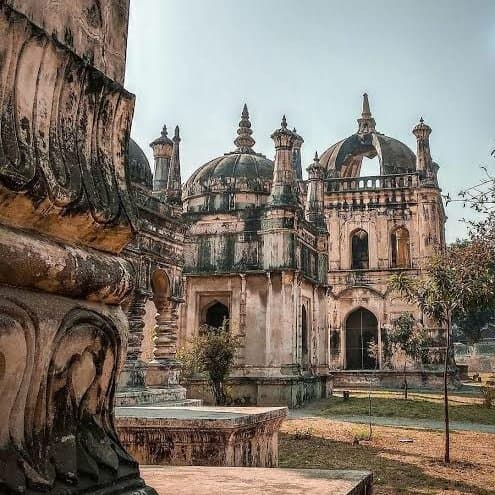
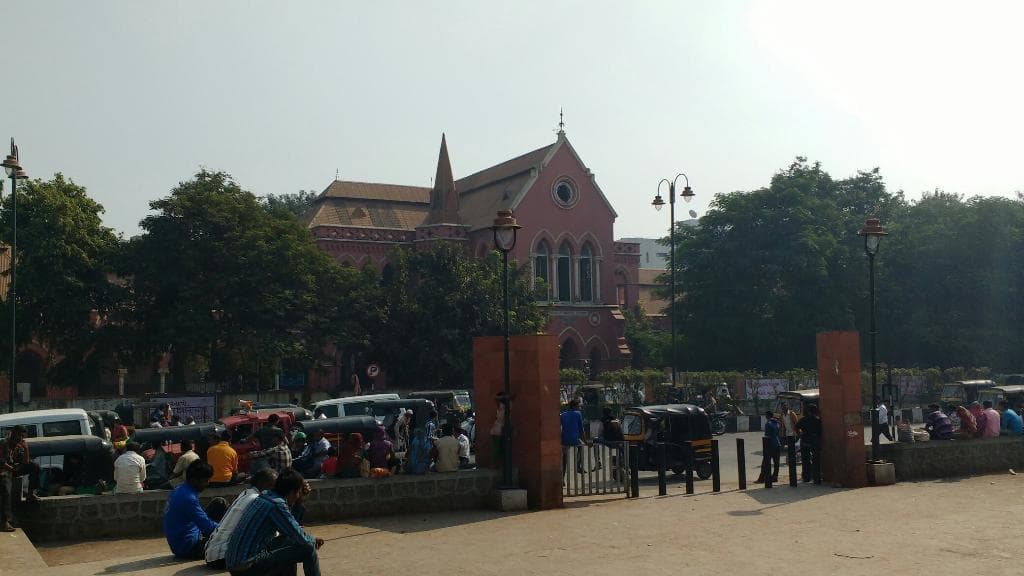
Social
from TikTok, Instagram & Reddit